18th Apr 2023
What is a Flieger Watch?
by Watch Collecting
If you were to boil down all the offerings of the entire watchmaking industry into extremely broad categories, the two most populous would be the dress watch and the tool watch.
The first is self-explanatory; elegantly sophisticated models, preferably slim enough to tuck under a shirt sleeve.
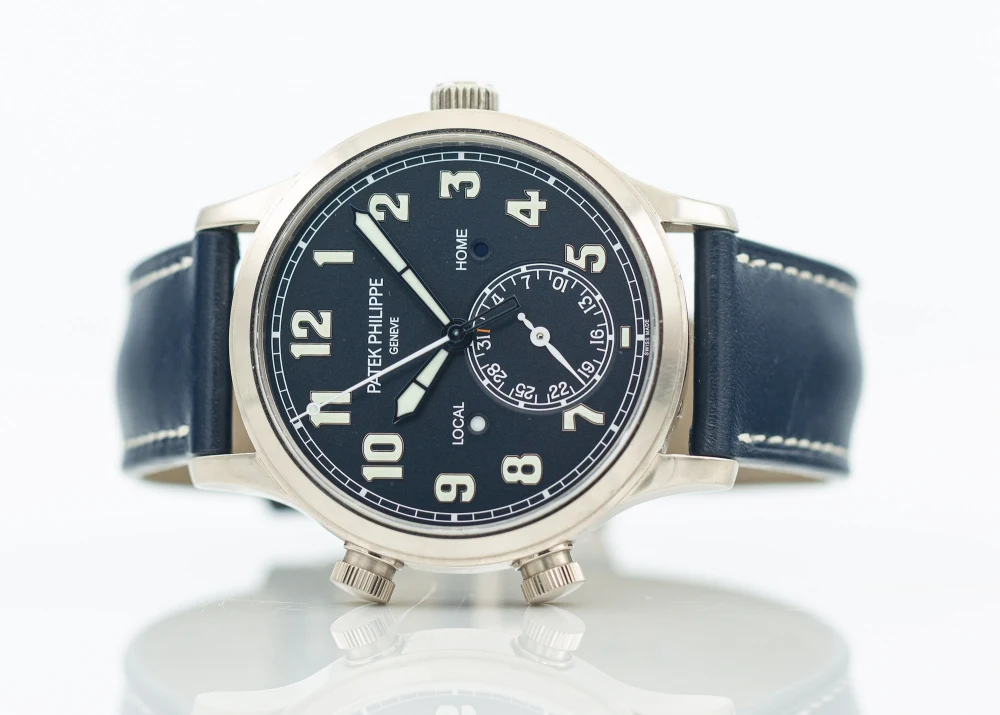
As for the tool watch, a term sometimes used interchangeably with sports watch (although there are differences) the classification is divided, out of necessity, into a number of subgroups—each one designed to aid its wearer in accomplishing some particular task.
So, there are chronographs, which are mechanical stopwatches, used extensively for timing sporting events, most notably motor racing. GMT or dual time zone watches, made for world travellers to keep track of two or more time zones at once. Dive watches, another description which speaks for itself and probably the most popular type of all. And then there’s what is possibly the second most prevalent kind; pilot’s watches.
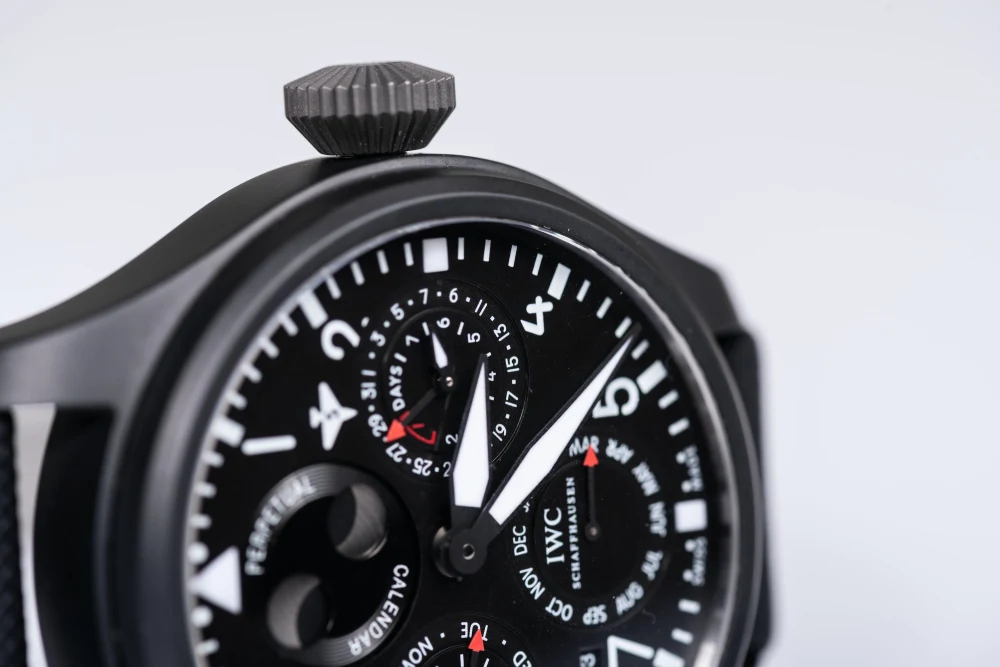
From the Beginning
There’s a very good argument to suggest the first ever tool watch was a pilot’s watch. In fact, when Louis Cartier built a timepiece for his close friend, legendary flyer Alberto Santos-Dumont in 1904 to wear during his death-defying exploits, it was also seen as the first ever wristwatch of any type made specifically for men.
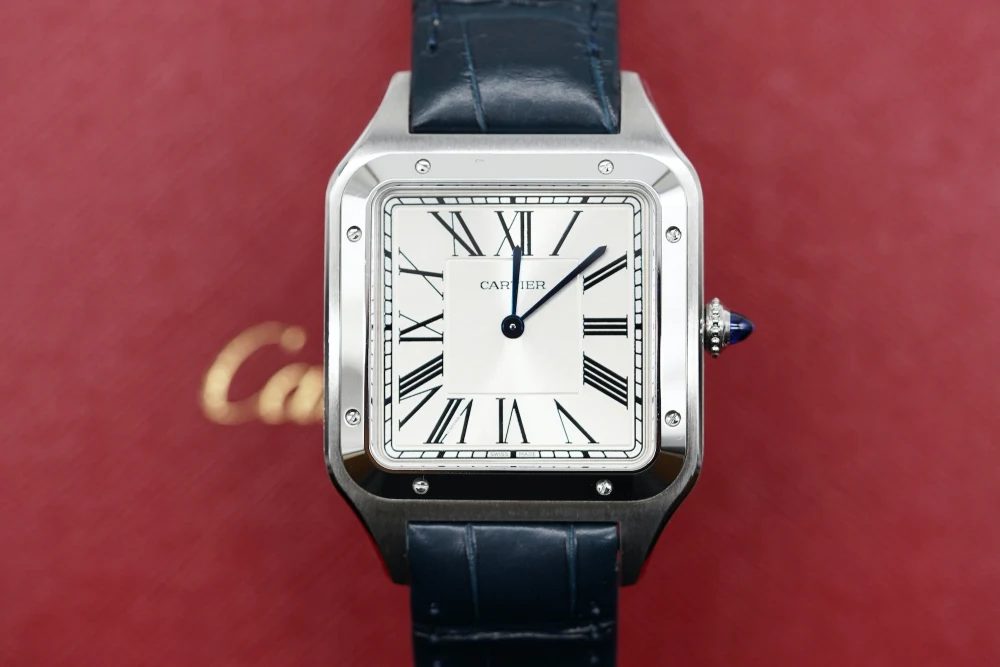
Since then, of course, much as aviation itself has transformed beyond all recognition from those formative years, so too have pilot’s watches. Nowadays, they come in many different forms, from humble time-only mechanical pieces through to the highest tech wrist-mounted flight computers. But what, then, is a Flieger?
The Flieger Watch
Like many of the most interesting watch types, the Flieger came about to fulfil a wartime need. In 1939, at the outbreak of WWII, the German Imperial Air Ministry, the Reichsluftfahrtministerium (RLM), commissioned a number of manufacturers to construct wristwatches for the Luftwaffe to a very explicit set of parameters.
They were to be extremely large, measuring 55mm in diameter, the case made from varnished brass or steel and with a snap-on case back.
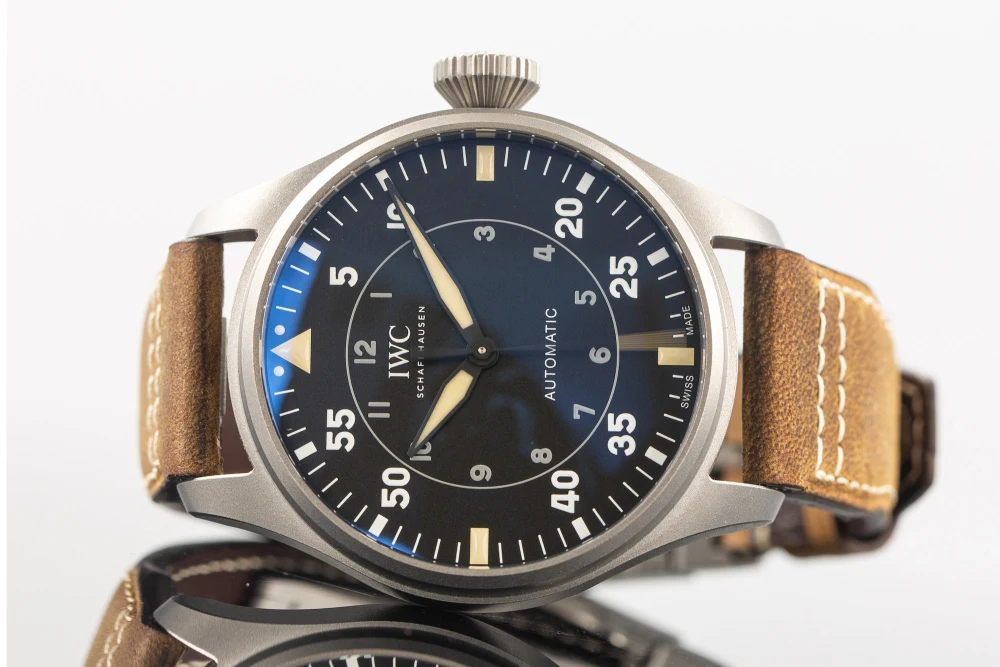
They must have matte black dials to eliminate reflections, with a triangular marker at the 12 o’clock, originally flanked by two dots as a quick visual reference, a 60-unit minute track around the perimeter and a luminescent handset—all in the name of easy legibility. In addition, they required extra long straps to wrap around pilot jacket sleeves and extremely large and grooved onion-shaped winding crowns which could be operated while wearing thick gloves.
The brand’s involved; A. Lange & Söhne, Laco, Stowa, Wempe and IWC, all built these watches, alternatively known as B-Uhren (or Beobachtungs-Uhren, German for ‘Observer-Watch’) more or less identically. They were powered by manually-wound pocket watch movements, and the IWC examples were fitted with an additional anti-magnetic inner plate. All calibres had to have hacking functions to allow for precise synchronisation and Lange, the manufacture which produced the largest number of Fliegers at 6,904, used balance springs from Breguet, regarded as the best at the time in terms of resistance to shocks and magnetism. Furthermore, every one of the watches issued to the Luftwaffe airmen had to be certified as a chronometer by the German Naval Observatory after testing in six positions and at three different temperatures.
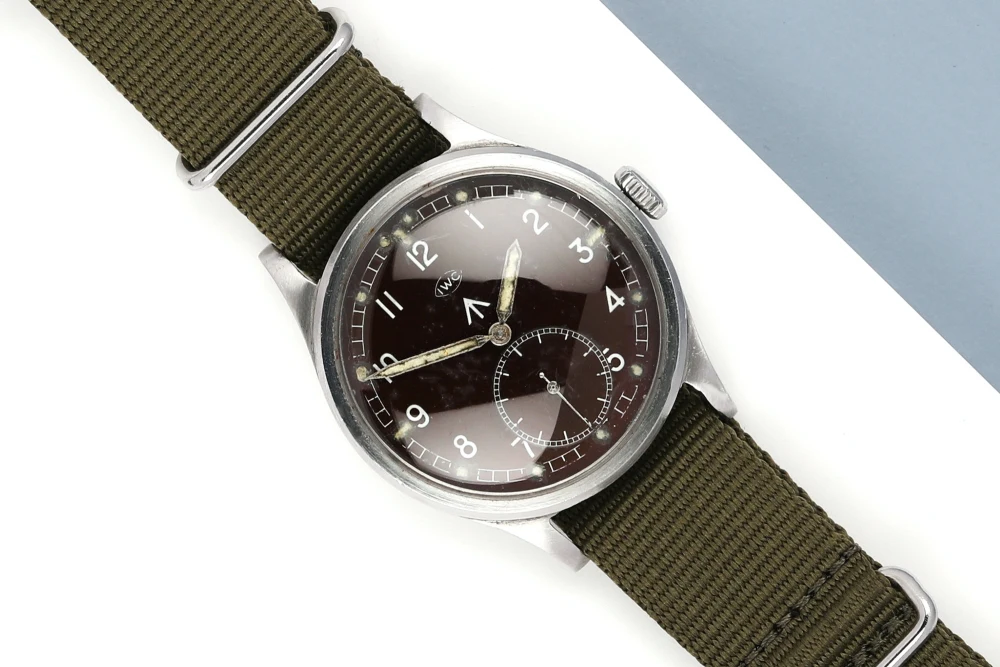
Those which passed, and indeed all the watches used by the German air force, were marked FL 23883; with FL standing for Fliegnummer (flight number), the 23 signifying the watch as a device for navigation and 883 the code designated by the GTOA, or the German Testing Office for Aeronautics.
Flieger Types
There were two types of Flieger watch, the only difference between them being the arrangement of their dials. Type A was the simpler layout, with Arabic numeral hour markers running from 1-11, with the 12 o’clock triangle flanked by two dots.
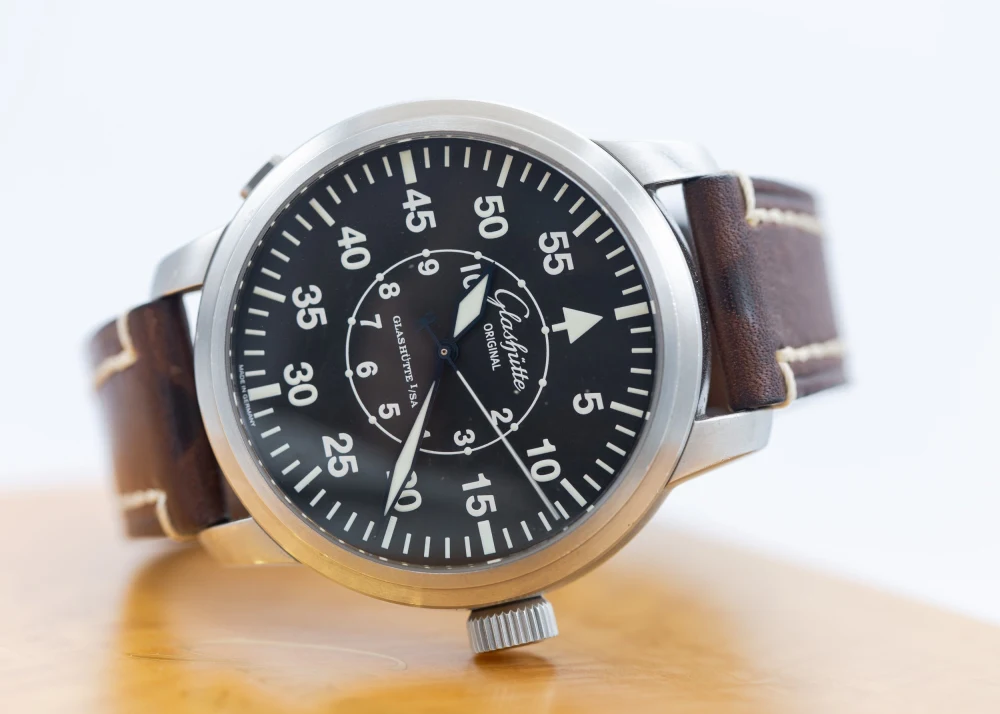
Type B emerged in 1941, which moved the hour indexes onto a small inner ring and had large minute markers on the outer track. Also, the triangle became an arrow and the dots were omitted. Otherwise, both types followed the same strict guidelines laid down by the RLM.
The Modern Day Flieger
Today, there are still a large number of Flieger and Flieger-esque watches being offered by many of the top brands, including, with the exception of Lange, the original group of five. In fact, most high quality German brands offer some take on the model somewhere in their portfolios.
Wempe, for example, the manufacture which is believed to have only produced a total of 60 watches for the Luftwaffe during WWII, now sells the Zeitmeister Aviator, a series of time-and-date and chronograph watches ranging in size from 38mm to 45mm, which take their inspiration from those vintage wartime models.
Stowa, on the other hand, has the Flieger Classic Collection, with dials that are almost exact replicas of both the Type A and Type B watches. They are available in either steel or bronze and in 36mm, 40mm, 41mm and 43mm versions.
But the name most people associate with the modern Flieger is IWC. The only non-German brand of the five, although situated in Schaffhausen, the German-speaking part of Switzerland, their Big Pilot series has become something of a legendary assortment of aviation watches. Not only are the largest examples getting close to the dimensions of the classic models, with a diameter of 46.2mm, but the winding crown, the dials markers and even the rivets on the straps are all near-perfect duplications as well. Even more impressive, the 52110 Calibre IWC automatic movement gives an incredible 168-hour, or seven-day, power reserve—the perfect mix of old school aesthetics and state-of-the-art watchmaking prowess.


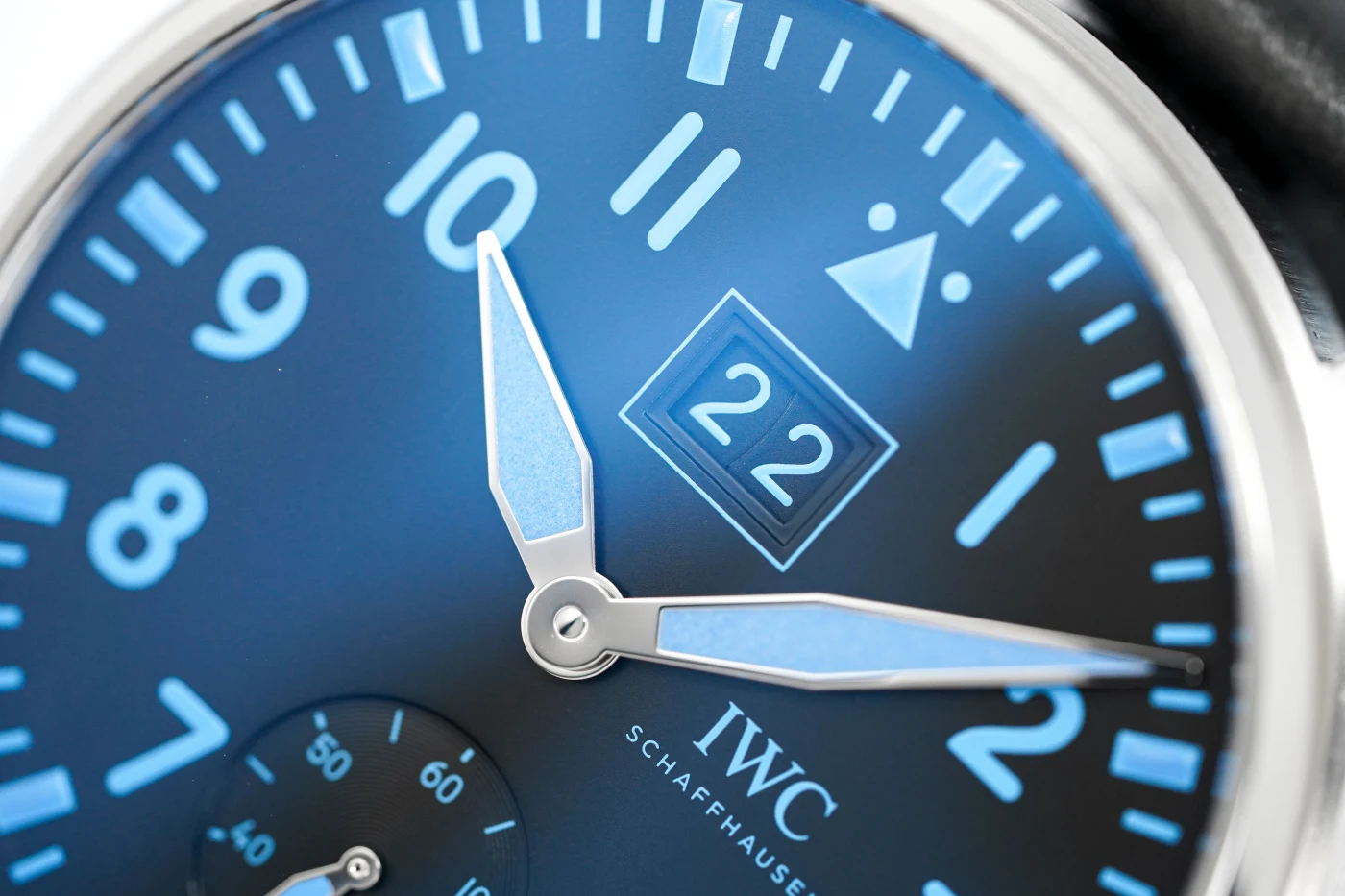
Have your say!